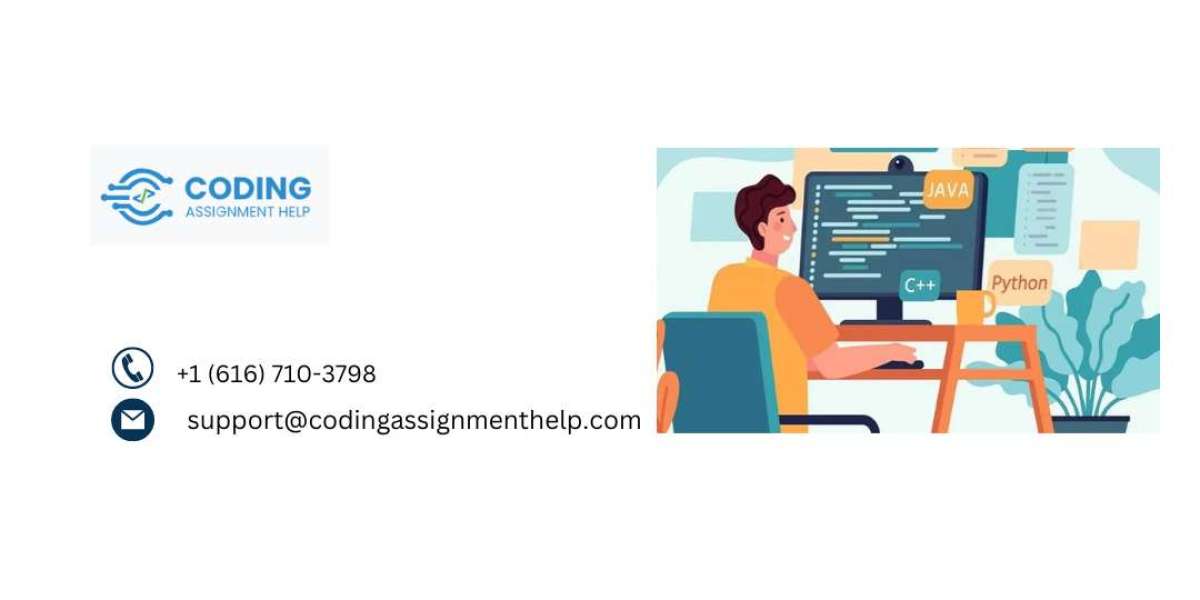Python has become one of the most essential programming languages for university students, especially those diving into coding assignments and projects. Whether you're grappling with basic syntax or complex algorithms, python programming assignment help is crucial for mastering the language. In this post, we address some of the most common Python programming questions university students encounter.
1. How Do I Write a Python Function?
Question: What is the syntax for defining a function in Python, and how can I call it?
Answer: In Python, defining a function is straightforward. Use the def keyword followed by the function name and parentheses. Here’s the basic syntax:
def my_function(parameter1, parameter2):
# Code block
return result
To call the function, simply use its name followed by parentheses:
my_function(value1, value2)
2. What Are Python Lists and How Do I Use Them?
Question: Can you explain what a list is in Python and provide examples of common operations?
Answer: A list in Python is a collection of items that can be of any data type. Lists are mutable, meaning you can change their contents. Here's how you can define and manipulate a list:
Example:
fruits = ['apple', 'banana', 'cherry']
print(fruits[1]) # Output: banana
fruits.append('orange')
print(fruits) # Output: ['apple', 'banana', 'cherry', 'orange']
fruits.remove('banana')
print(fruits) # Output: ['apple', 'cherry', 'orange']
3. How Do I Handle Errors in Python?
Question: What is the best way to handle errors and exceptions in Python?
Answer: Python uses a mechanism called "exceptions" to handle errors. You can use try and except blocks to catch and handle exceptions gracefully.
Example:
try:
result = 10 / 0
except ZeroDivisionError as e:
print(f"Cannot divide by zero: {e}")
4. What Are Python Dictionaries and How Do I Use Them?
Question: Can you explain the concept of dictionaries in Python and provide examples?
Answer: A dictionary in Python is a collection of key-value pairs. Keys must be unique, and values can be of any data type. Dictionaries are defined using curly braces {}.
Example:
student_scores = {'Alice': 85, 'Bob': 92}
print(student_scores['Alice']) # Output: 85
student_scores['Charlie'] = 78
print(student_scores) # Output: {'Alice': 85, 'Bob': 92, 'Charlie': 78}
del student_scores['Bob']
print(student_scores) # Output: {'Alice': 85, 'Charlie': 78}
Conclusion
Understanding Python programming is essential for university students tackling assignments and projects. By mastering these fundamental concepts—functions, lists, error handling, dictionaries, and file operations—you'll be well-equipped to handle various coding challenges. If you ever find yourself needing additional assistance, don't hesitate to seek out python programming assignment help. Whether it’s clarifying concepts or getting guidance on complex problems, expert help can make a significant difference in your learning journey.








